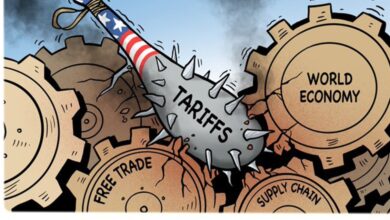Counting correct number of COVID-19 deaths, underreporting by government points irresponsibility
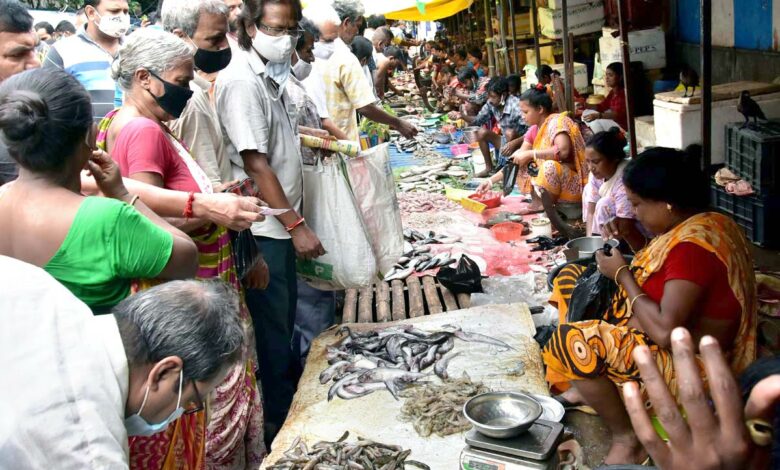
India may have recovered from the deadly second wave of COVID-19, given the sudden surge of Covid related cases in Kerala, but everything is far from over. Experts are predicting a third wave in the near future. Reminiscing the past, whether good or bad, is crucial because it teaches us not to commit the same mistake in the future. Looking back at the quantum of deaths will help us frame a policy prescription for the third or fourth wave.
Every policymaker and statistician in India is keen on counting how many people died of Covid during the brutal second wave of April and May. This idea is gaining momentum because the Centre has to report back to the Supreme Court on compensating the next of kin of those who lost their lives to COVID-19. The official statistics for deaths because of Covid-19 during the two months is 1.69 lakh. Media agencies all around have reported that the central government is undercounting COVID-19 cases and COVID-19 related deaths.
Hence the 1.69 lakh figure can be a fraction of the actual number of deaths due to COVID-19. Several newspapers have launched an investigation and approached the state governments to provide records of deaths registered in April and May 2021 as per the Civil Registration System CRS. The data provided by the state governments, which includes all cause deaths and excludes the official Covid death number, is 2.4 times than the all cause death of April and May 2019.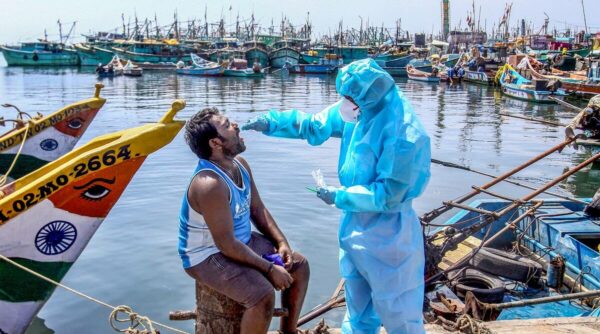
Kerala has the lowest search range, 1.23 times, has recorded the surge range as 2.92 times. If official death statistics due to Covid are subtracted from all cause deaths, the surge multiplier comes down to 1.87 times cumulatively for all states. A few patterns struck out investigating data provided by eight states. The surge in deaths during the peak of the second wave is not similar across the country; hence the deaths did not go up or come down at the same rate in all states.
Madhya Pradesh had the highest surge multiplier, while Kerala had the lowest. The death rate increased during the peak but did not rise substantially in the non-peak months. Hence multiple peaks cannot be extended to the whole year. Punjab and Haryana recorded a relatively fewer number of deaths during the January-March period. States that had good reporting standards multiple is lower.
How many COVID-19 deaths are actually there?
In Kerala, after adjusting the official COVID-19 deaths, the total deaths in April and May 2021 is 1.2 times more than in April and May 2019. 2.1 times surge multiplier, 1.37 times, and Delhi had 1.4 times. These estimates are at a hundred percent level of registration of deaths according to the report on the Vital Statistics of India, which is based on the Civil Registration System 2019. A 100% level means that the state registered all estimated deaths.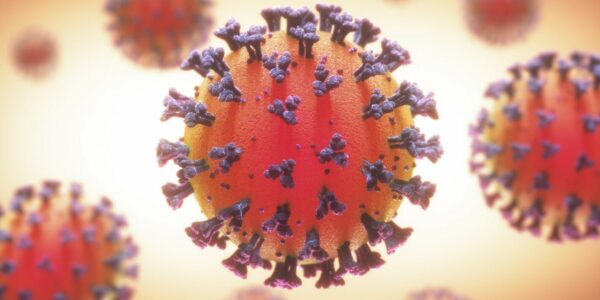
Any level lower than a hundred percent means inefficiency in the registration system. Jharkhand has an 84% level, but it is an exception. In four states which did not provide CRS data, researchers looked into the Health Management Information System maintained by the National Health Mission under the Ministry of Health and Family Welfare.
The Health Management Information System showed that the number of deaths in April and May in 2021 at 8.31 lakh, it’s 2.11 times that of April and May in 2019. Statisticians are thinking of ways to calculate the actual number of deaths because of Covid but going back and talking to the next of kin of the deceased about how their relative died is an impossible task. The considerable number and potential political resistance involved making it impossible.
(It is impossible because grieving people may lash out verbally or physically.)
Probably Sen, Chairman, Standing Committee on Economic Statistics, and Ex-Chief Statistician of India confirms the sentiment. He said that studies could be modeled to the analyzing the symptoms and questioning the next of kin to get an idea.
Something is better than nothing!
But Sen states that this symptoms survey will also be an arduous and humongous task. In the middle of the pandemic, medical experts and surveyors have to do a door-to-door survey to find post-mortem causes of death. Experts statisticians believe that the Indian system of counting its dead is improving. So this time, extra deaths will not go unnoticed, but they may not be identified as Covid 19 deaths.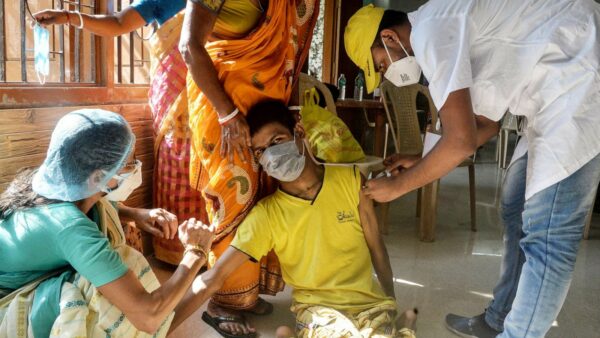
But that is the whole point!
If deaths are not identified as COVID-19 related deaths, the government won’t be motivated to upgrade health-related infrastructure. Because according to official statistics, COVID-19 did not kill people. P B Majumdar, India’s foremost statistician, believes that a colossal number of deaths cannot be hidden. But the cause of death may not be identified as COVID-19.
Apart from CRS, Sample Registration System, SRS also counts death. SRS is a national survey of urban and rural areas jointly done by the Registrar General and the state governments to estimate the number of deaths per year. Hence the death count of SRS exceeds the CRS because it calculates the deceased using a statistical model. The recent data of SRS is of 2018, which was released in 2020.
Talk about delays!
So the latest data available for CRS is 2019, and the number of registered deaths is 76.41 lakhs which is 92% of the estimated deaths at 83.01 lakhs for SRS. This increased efficiency owes itself to higher registration of deaths. In 2018 the number of estimated deaths was 4.86 lakh; in 2019 it was 6.9 lakh. The Registrar General with state governments conducts SRS for 2020 for the first wave of Covid 19 for August to November (peak months).
Statisticians, demographics, and population scientists working on COVID-19 related deaths ruled out the possibility of official estimates being 14 times lesser. The scientists and experts do believe that there was an undercount of deaths. Viral Acharya, former RBI Deputy Governor, and Dr. Tushar Gore, a pharmaceuticals expert, conducted a survey via hospital bed estimates and reported an undercount of three to nine times.
Arun Subramaniam, the former Chief Economic Advisor, and Justin Sandefur, who works with the Centre for Global Development, estimated deaths during the second wave to be undercounted by 6 to 10 times. This puts the death figure between 1.4 million to 2.4 million range. Even a layman knows that Covid 19 deaths were underreported, but we need an estimate to figure out how many were underreported. States like Maharashtra and Karnataka attempt to include deaths that were not counted, like data reconciliation exercises.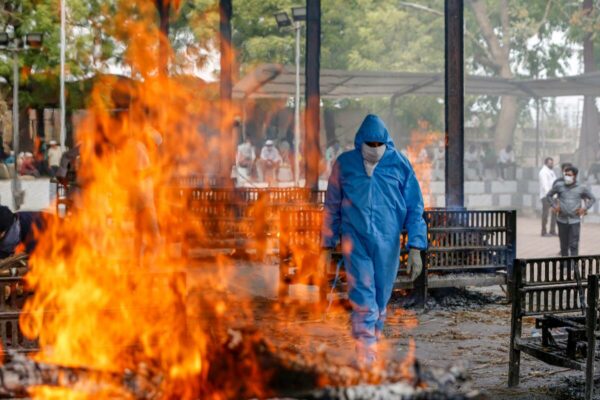
The experts don’t believe that the difference between actual and reported death will be zero, but it will reduce significantly. This exercise must be carried out with caution and precision because government compensation relies on this data. Many families lost their breadwinners and are now facing poverty and starvation. The compensation by the government may not be able to bring the loved ones back but can certainly help in sustenance. Population experts like Professor PM Kulkarni are aware of lacunas in the system, which can happen while counting the dead.
The real-time calculation poses problems because uncertainties are always there. Since the system of counting dead has improved, a fair estimate of an actual number of COVID-19 deaths will become evident. The government as a caretaker should provide optimum compensation to the next of kin of the deceased. The government should also refrain from shouldering off their responsibilities by issuing statements as no one died due to lack of oxygen.
Because many did!

